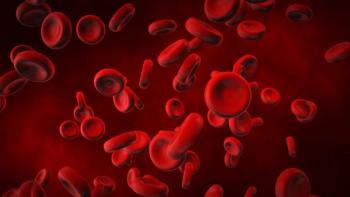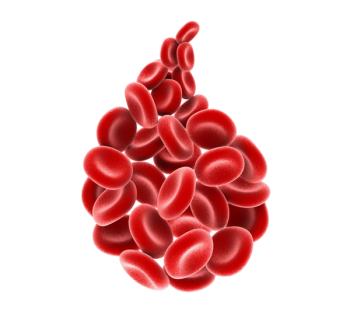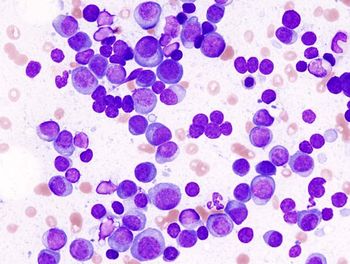
Expert Outlines KOMET-001 Trial Design Assessing Ziftomenib in AML
An expert from Duke Health reviews the design of the phase 1/2 trial of the KOMET-001 study in heavily pretreated patients with relapsed/refractory acute myeloid leukemia.
Ziftomenib was assessed in a heavily pretreated population of patients with relapsed/refractory acute myeloid leukemia, with doses ranging from 50 mg to 1000 mg, according to Harry Erba, MD.
In an interview with CancerNetwork®, Erba, a professor of medicine, member, and clinical investigator of the Division of Hematologic Malignancies at Duke Health, reviewed the design of the
The study set out to assess ziftomenib’s safety, tolerability, pharmacokinetics, and anti-leukemic activity in a population of 30 patients with AML. Patients had a median age of 65.5 years (range, 22-85). Moreover, 33% of patients had a KMT2Ar mutation and 13% had an NPM1 mutation.
The recommended phase 2 dose was determined to be 600 mg.
Transcript:
The KOMET-001 study was a phase 1/2, first-in-human study of the menin inhibitor ziftomenib or KO-539. It was for patients with relapsed/refractory acute myeloid leukemia.
There were 2 components to the study. First, there was a phase 1a dose escalation [portion, where we evaluated doses from 50 mg up to 1000 mg of daily ziftomenib looking at safety, tolerability, pharmacokinetics, and any evidence of early anti-tumor activity. However, this was not just in patients with the targets, NPM1 mutation or KMT2A rearrangement, but in all comers.
There was then a phase 1b or dose validation portion where we had 2 cohorts—200 mg and 600 mg a day—[and were] trying to identify the optimal recommended phase 2 dose based on those 2 doses in a genetically enriched cohort with KMT2A rearrangements and NPM1 mutation.
Then we are entering into a phase 2 portion at the recommended phase 2 dose of 600 mg once daily.
Reference
Erba HP, Fathi AT, Issa GC, et al. Update on a phase 1/2 first-in-human study of the menin-KMT2A (MLL) inhibitor ziftomenib (KO-539) in patients with relapsed or refractory acute myeloid leukemia. Blood. 2022; 140(suppl 1):153-156. doi:10.1182/blood-2022-167412
Newsletter
Stay up to date on recent advances in the multidisciplinary approach to cancer.

















































































